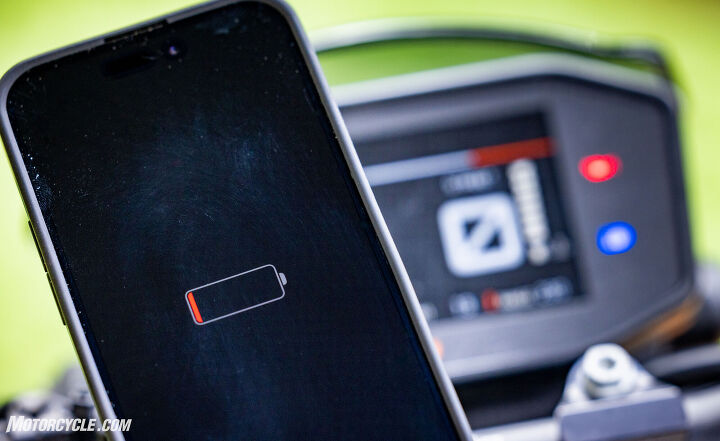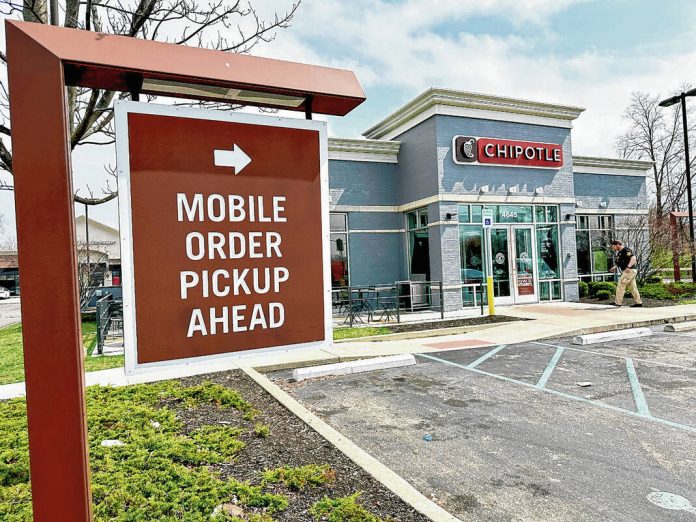How to Leverage Mobile Technology To Engage Deskless Workforce Effectively

A mass exodus of non-desk employees has forced employers to focus on and understand the needs of their workforce. While many companies have started understanding worker needs, employees continue to leave. To understand where employers are failing w.r.t deskless employees, Workforce Software recently conducted a study. Check the key takeaways here.
As desk and non-desk employees started quitting in large numbers last year, organizations worldwide started taking several measures to improve employee experience and retention. Many are evaluating the often overlooked needs of employees, especially deskless shift workers. Yet, employees continue to quit their jobs in search of better opportunities, leaving employers without the necessary talent to support their operations. So, where are employers failing?
To understand the gap in perception between employers and employees about what the latter need, Workforce Software recently conducted a study. A key finding from the study was that a significant gap exists between the perspectives of managers and shift workers on how organizations work, engage, retain, and attract talent.
The following are a few key takeaways in detail.
See more: 63{38557cf0372cd7f85c91e7e33cff125558f1277b36a8edbab0100de866181896} of Deskless Employees Feel More Connected With Access To Additional Training
A New Gap Between Education and Execution Is Emerging
Compared to the previous year, this year’s study showed that a new gap, one between education and execution, is emerging. While organizations are more aware of employee needs, they lag in taking action.
When it comes to job training, despite the increasing number of digital natives in the workforce, companies are underutilizing mobile technology to engage employees. Compared to last year, more employees agreed this year that their companies provide proper training and information to help them do their jobs. However, there is a disconnect between how companies circulate information and employees’ preferences for mobile training options.
Regarding scheduling, many deskless workers prefer a flexible, predictable, and accessible schedule as it provides stability to their lives. Outdated and unreliable scheduling methods create a vast barrier between managers and their reports. To achieve better work/life balance, employees prefer processes that can be accessed from any device.
As deskless workers vary across a wide range of expertise and skill sets, a one-size-fits-all approach to pay cannot be considered. Organizations can consider task-based payment to engage and motivate employees. Employers who acknowledge this will likely recognize the benefits of scheduling shifts based on employees’ ability, knowledge, and equipment gaps, instead of traditional compensation practices.
For a long time, frontline workers have had significant pressure on them to run operations smoothly. Recognizing and celebrating efforts is crucial in supporting these workers while reducing burnout risks.
Gaps Are Visible in Employee Feedback and Communication
Companies cannot communicate an employee’s value solely through recognition. Employees want their voices to be heard, especially when making key decisions. About 74{38557cf0372cd7f85c91e7e33cff125558f1277b36a8edbab0100de866181896} of employees said they would work for a company that regularly asked for feedback than those that didn’t. About 74{38557cf0372cd7f85c91e7e33cff125558f1277b36a8edbab0100de866181896} of employees also said regularly asking for feedback is important, while 61{38557cf0372cd7f85c91e7e33cff125558f1277b36a8edbab0100de866181896} of employers agreed.
When it comes to communication, smartphones are essential for most employees to manage their daily lives. Companies are increasingly incorporating mobile devices to connect with workers on the field, on assembly lines, or in other areas. According to the study, employers and employees are more or less aligned regarding communication methods (60{38557cf0372cd7f85c91e7e33cff125558f1277b36a8edbab0100de866181896} of employers vs. 65{38557cf0372cd7f85c91e7e33cff125558f1277b36a8edbab0100de866181896} of employees). That said, many employees still believe they don’t have the right tools to communicate and collaborate with managers and co-workers.
Communicate Smarter, Not Harder
One way to effectively bridge this gap is to communicate smarter. Traditional communication structures can be tricky for deskless employees, who usually lack access to a desktop or company email. Besides being vulnerable to miscommunication, these systems cannot ensure shift workers receive, understand, and act upon the messages.
Smart communications enable meaningful interactions between employees and their colleagues that are integrated into the workflow. In today’s work landscape, companies need solutions that go beyond hierarchies and engage frontline employees.
A single mobile app can be designed to communicate smartly in real-time, leveraging data, analytics, and automation. It can provide personalized experiences during the workflow while providing managers with deeper insights into the workplace. By bridging the gap between business objectives and employee needs, smart communications allow the creation of an interconnected workplace that can anticipate, adapt, and implement changes.
According to the study, 45{38557cf0372cd7f85c91e7e33cff125558f1277b36a8edbab0100de866181896} of employees prefer to use a single mobile app to communicate and collaborate with their managers and team members, while only 14{38557cf0372cd7f85c91e7e33cff125558f1277b36a8edbab0100de866181896} use a company-approved app.
Key Takeaways
The following are key takeaways for organizations to reduce the deskless workforce experience gaps.
-
Use mobile technology to actively manage and engage today’s digitally native workforce
According to a study by Citrix, 75{38557cf0372cd7f85c91e7e33cff125558f1277b36a8edbab0100de866181896} of the workforce will be digital natives by 2025. Besides, managing their personal lives is almost unthinkable for today’s workforce. They need mobile apps to communicate, shop, and for entertainment. Why should managing their work be different? The workplace-related mobile app can help employees stay updated on critical information, collaborate with colleagues, access training, manage schedules, and provide feedback. Simultaneously, these apps can help managers better understand their team’s needs and act in real-time.
-
Promote work-life balance with predictive and flexible scheduling
Today’s workforce wants to feel their organizations are invested in their work and physical and mental wellbeing. This requires processes that are responsive, collaborative, and adaptable to change. Predictable and flexible scheduling offers benefits such as improved productivity, reduced absenteeism, improved job satisfaction, and better engagement, leading to happy, productive, and loyal employees. Organizations can leverage modern workforce management software, especially mobile apps, to achieve the goal of predictive and flexible scheduling.
See more: 3 Communication Strategies to Engage Your Deskless Workforce
-
Leverage real-time data and feedback loops to drive operational improvements
While the pandemic brought deskless and frontline workers to the mainstream conversation, they should not have to wait for another crisis to be prioritized by their organizations. When looking at the previous and this year’s studies, it is evident that employees and managers mutually benefit when channels of awareness, communication, and understanding are open. To keep pace with evolving workforce, reduce the time between feedback and implementing changes, and improve business performance, companies need channels to connect effectively with employees and understand their needs.
Modern workforce technology can connect employees and managers on a human level. Real-time data and analytics offer insights into employee performance and opportunities for managers to connect, support, and celebrate their workforce. These platforms can leverage real-time employee feedback and support companies to adapt to the changing workforce landscape.
Organizations Have Listened — Now It’s Time To Act
The Great Resignation and war for talent have compelled companies to focus on the needs of deskless workers. Companies have finally started paying attention to what employees need to be engaged. While managers are more aligned with their employees today, gaps still exist when it comes to implementing the processes. Given that implementing the right workforce management processes and technology leads to a more productive, engaged, and happier workforce, the time to act is now.
What steps have you taken to improve the engagement and retention of your deskless workforce? Share with us on Facebook, Twitter, and LinkedIn.
Image source: Shutterstock
MORE ON DESKLESS WORKERS
4 Ways to Improve the Deskless Workforce Experience
Hourly Workers Want More Schedule Flexibility and Control: Report
Focus on Deskless Worker Experience When Designing for the New Work Era
Boost Frontline Worker Productivity by Leveraging Mobile Intranet








